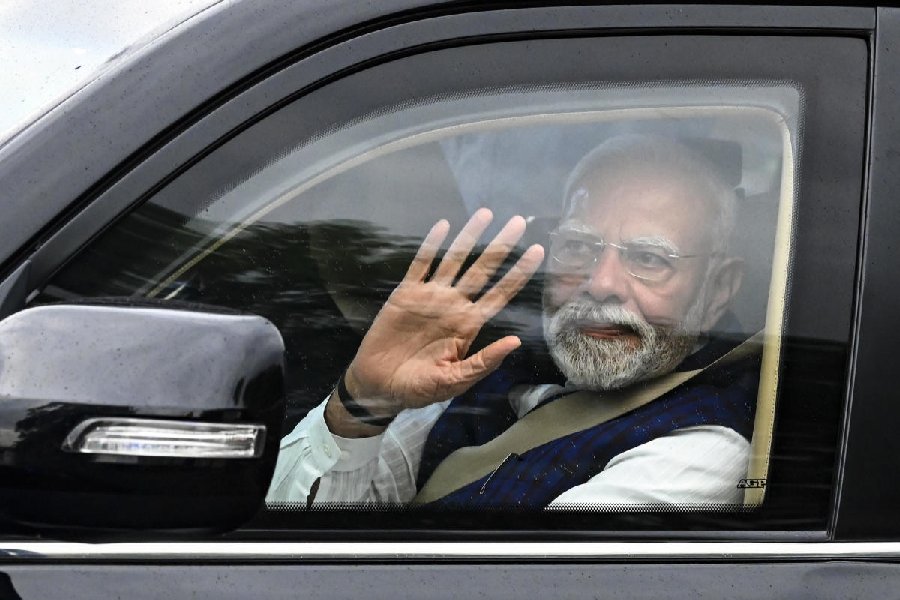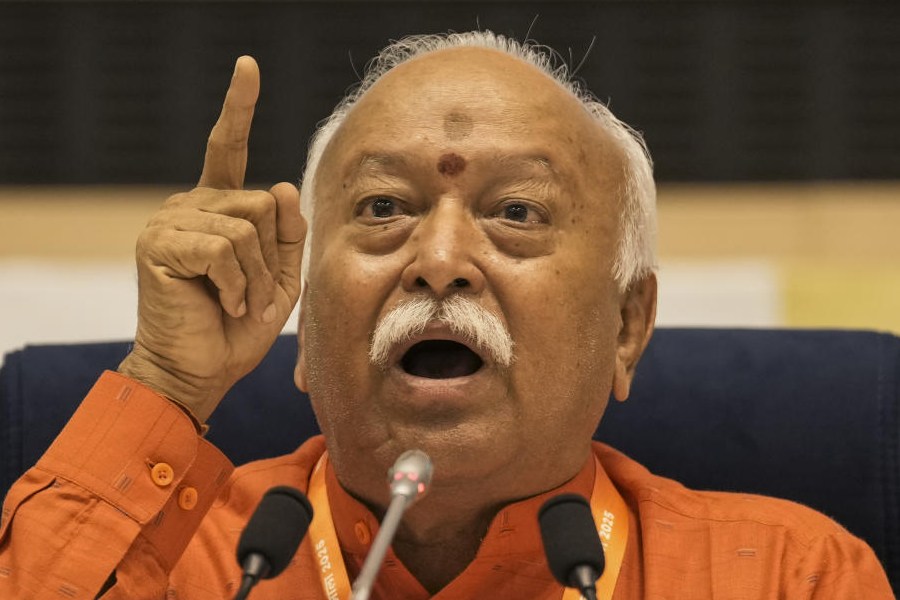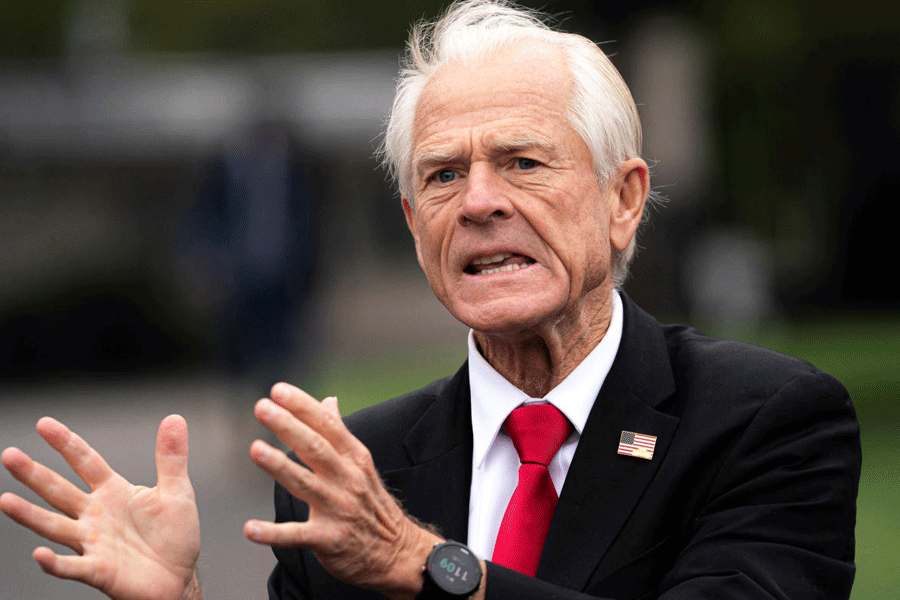 |
Patna, May 17: Patna district, with 58,38,465 people, has the highest population across the state according to the final population data of Census 2011.
The district has also the highest proportion of urban population in Bihar — 43.1 per cent. The capital has also recorded the highest number of literates in urban areas — 17,69,307.
Patna, with 1,823 persons per sqkm is also the second-most densely populated district in the state after Sheohar (1,880). The state capital comes second in terms of literacy rate — 70.7 per cent.
These reports were released by A.K. Saxena, joint director, directorate of census operations, Bihar, in the capital today. “Census 2011 covered 38 districts, 534 sub-districts, 101 sub-divisions, 199 towns and 44,874 villages. The total population of Bihar as on 00:00hrs on March 1, 2011 was 1,04,099,452 persons — 54,27,8157 males and 4,98,21,295 females. There is an increase of 2,11,00,943 persons from Census 2001,” said Saxena. Ras Bihari Singh, Patna College principal and noted geographer said: “Patna is the 14th largest city in India. Despite no industries, there is a high population growth. People from the rural areas of the state migrate here for job opportunities, electricity and education among other factors.”
The state has also toppled Bengal in terms of population density. With a density of 1,106 persons per sqkm, Bihar is now ahead. Bengal occupied the first position in the 2001 census.
Economist Saibal Gupta, however, claimed that the high population density is not a good sign for the state. “Bihar has observed the highest population growth over the past couple of decades, which is probably the reason behind the rise in its population density. The resources in the state are limited. Considering the agrarian economy, the per capita availability of land would be very low now. This would lead to decline in the per capita distribution of income in the agricultural sector.” The female literacy rate was higher than the males in all 38 districts of the state during 2001 to 2011. The rate has soared from 33.1 per cent in 2001 to 51.5 per cent in 2011. The sex ratio — the number of females per 1,000 males — in urban areas across the state has also increased significantly from 868 in 2001 to 895 in 2011. The census process started in Bihar with the process of house listing carried out between May 15 and June 28, 2010. Complete enumeration comprising details of family members of the enrolled residents was carried out between February 9, 2011 and February 28, 2011. The corresponding figures were published as Provisional Population Total of 2011, Bihar by the directorate of census operations.
Census 2011 stated that the percentage of workers engaged in agricultural activities has come down from 77. 3 per cent in 2001 to 73.5 per cent to 2011. Economist N.K. Chaudhary claimed the decline in percentage of workers in agricultural activities is a good indicator of economic development. “As development takes place, a relative share of the primary sector comprising agriculture gets transferred into secondary and territory sectors. This is occupied with changes in occupational structure as well, which is good. The ratio with which the income generated in the agriculture sector is falling is much less than the decline in the rural population.”










